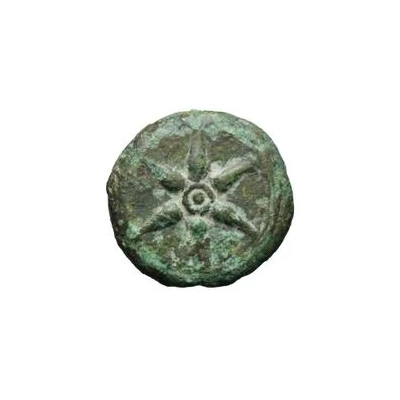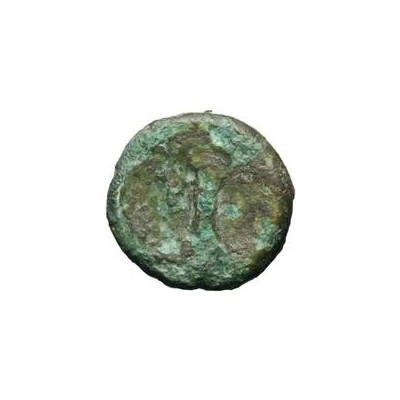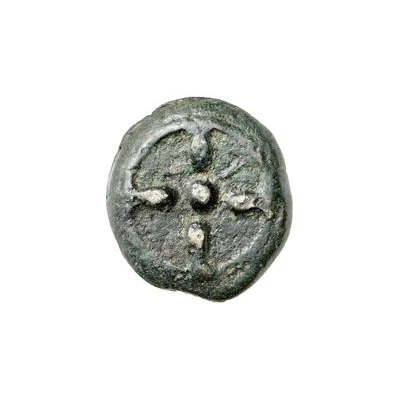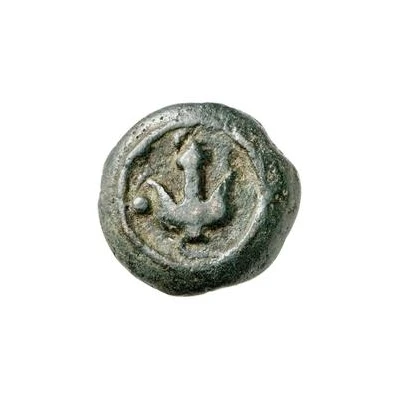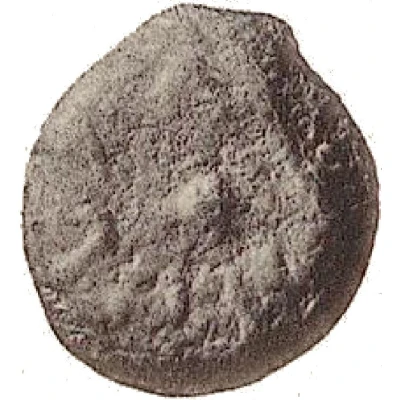
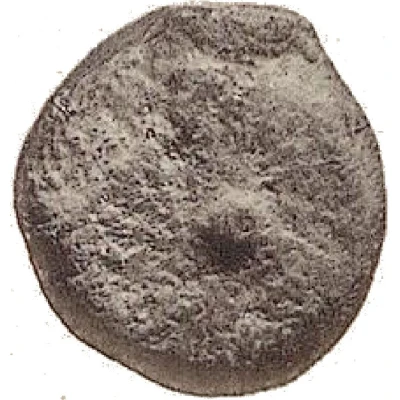

© Ernst Haeberlin; 1910. "Aes Grave". Joseph Baer, Frankfurt, Germany (CC0)
1 Uncia Telamon? 301 BC - 201 BC
| Bronze | 14.15 g | 23 mm |
| Issuer | Uncertain Etruscan mint (Etruria) |
|---|---|
| Type | Standard circulation coin |
| Years | 301 BC - 201 BC |
| Value | 1 Uncia = 1⁄12 As |
| Currency | As (circa 301-201 BC) |
| Composition | Bronze |
| Weight | 14.15 g |
| Diameter | 23 mm |
| Shape | Round (irregular) |
| Technique | Cast |
| Demonetized | Yes |
| Updated | 2024-10-09 |
| Numista | N#179898 |
|---|---|
| Rarity index | 100% |
Reverse
Dot.
Edge
Plain
Comment
This example is seemingly unique, with the only known example being in the Archaeological Museum of Florence.Various sources mention the existence of coins from Telamon. The idea of a mint in Telamon was first proposed after an erroneous reading of the legends of coins from Velutonia (reading TLA or TALAM rather than VATL). In 1848, George Dennis proposed the Telamon series were similar to ones struck at Rome (a Janus head / Prow combination), with the addition of the legend TLATE, TLA, or TL. Even so, no pictures seem to exist, and it is suggested that there was more erroneous reading on some worn coins.
The type in question is another with a mysterious legend, but is the closest contender to a coin from Telamon. It was originally attributed to Telamon, later to Populonia, then to an uncertain Etruscan mint. Readings of the legend include (chronologically):
1) TLAM (by Garrucci)
2) PV-LA (by Sambon)
3) XARU (by Haeberlin)
While this coin is possibly from Telamon, it cannot be confirmed unless another example with a more legible legend is discovered.
Interesting fact
The Etruscan civilization, which minted this coin, was known for its advanced engineering and artistic skills. In fact, the Etruscans were one of the first civilizations to use hydraulic engineering to build cities, roads, and bridges. They also developed a system of writing, which has not been fully deciphered yet, and their artisans created beautiful works of art in bronze, gold, and other metals. This coin, with its intricate design and careful craftsmanship, is a testament to the Etruscans' artistic and technological achievements.
